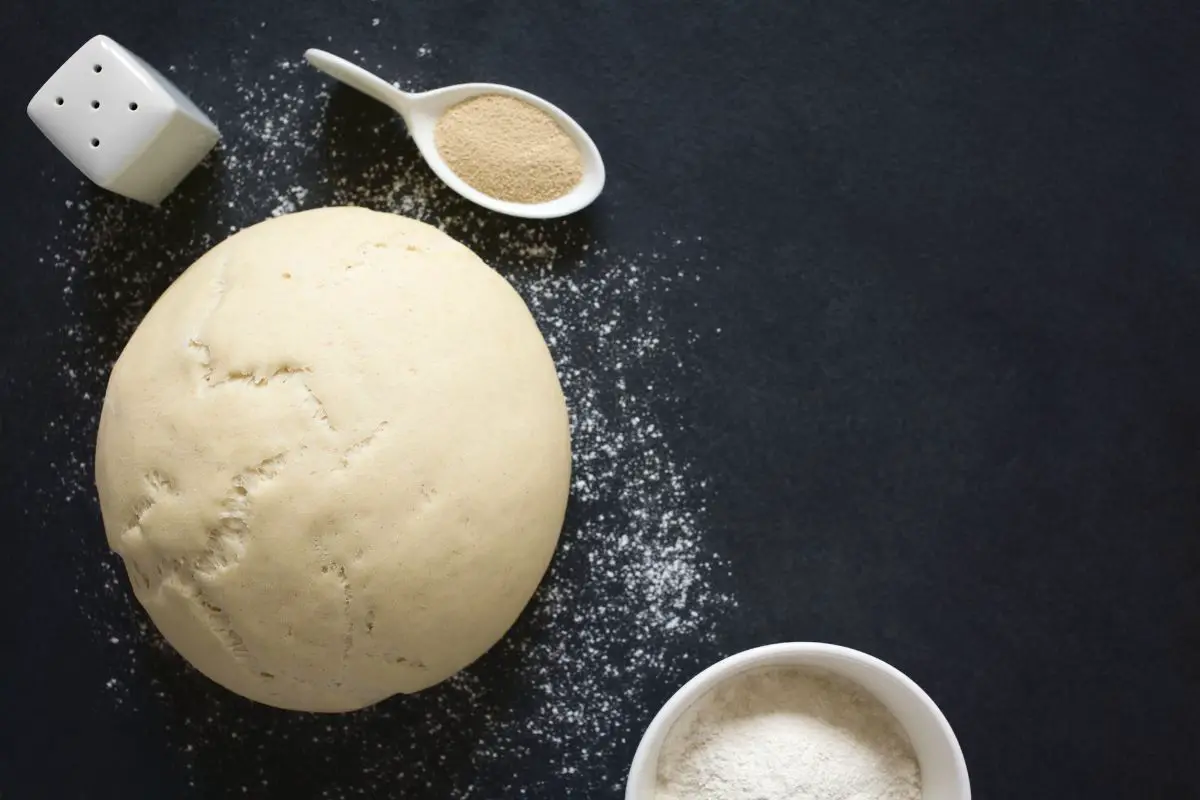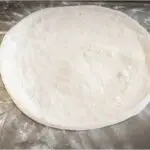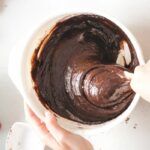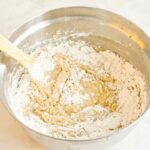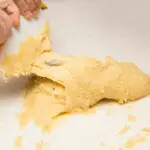One of Frances’ finest confections, the macaroon is a sweet meringue dessert, that while incredibly delicious can be somewhat troublesome to recreate.
Baking macarons involves mixing together egg white, sugar, almond flour/powder, and food coloring. The two macaron shells are then placed together a little like a sandwich with a yummy cream filling in between them. For the perfect macarons, you want two crispy macaron shells and a chewy inside center.
While baking french macarons, it’s likely you’ll have to do a couple of attempts before you actually get it just right, just because it’s so technical to make. But it’s the macaron batter that will cause you the most of your issues. Make a thick batter and you’ll really struggle to pipe the shells.
Throughout this article, we will troubleshoot some of the main issues as to why you may have a thick batter and how to prevent it.
Why Is Your Batter So Thick?
This is where things can get a little complicated because while you do not want a batter that is really thick, you also don’t want the batter to be too runny or lumpy either – it really needs to be just right.
If you’re looking at a particularly thin or thick batter then it’s likely that there’s been an issue when you began to macaronage. What in the world is macaronage I hear you say. Well, it’s basically when you are preparing the macaron shells.
More specifically, when you are working the batter to get it glossy and smooth. Folding the macaron batter has to be done really specifically, so it’s likely that this is where you’ve come across trouble.
There are other factors that may have impacted the quality of your batter. If you haven’t used the correct ratio of ingredients. You need to ensure precision when making your macaron batter.
If you have a very thick macaron batter it is possible that the batter is too dry. Try adding more egg whites to improve the batter consistency.
How Long Should You Fold Macaron Batter For?
So if folding your macaron batter is so important, how long exactly should you be doing it for? Unfortunately, this answer will depend on the size of the batch that you’re making.
But on average you want to be folding the macaron batter at least 50-60 times. The more you practice, the more you’ll start to be able to tell when the batter is ready. But as a general rule, you should fold until you rid the mixture of any lumps and the batter consistency has thickened slightly.
Tips For Avoiding A Thick Batter
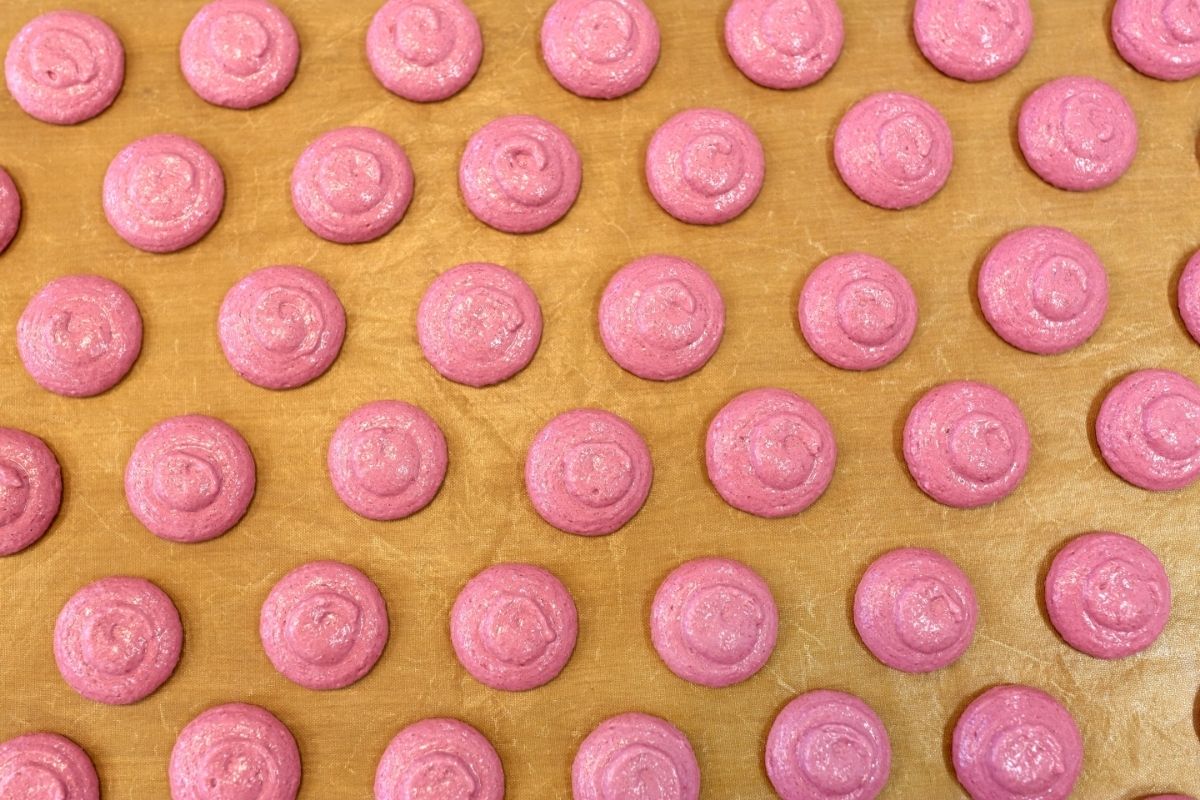
If you’re looking for macaron perfection follow these tips to prevent macaron batters from becoming too thick.
Make You Batter In Batches
I would always opt to make several smaller batches of meringue rather than making one large batter. This is because if you have any issues with the batter consistency you haven’t then ruined all of your meringue shells.
You’ll just have one poorer batch than the rest. Placing all of your ingredients in one bowl is also going to cause a really thick batter consistency that is going to be very difficult to pipe.
Count How Many Folds You Do
French Macarons require quite a lot of folding to create the ideal macaron batter. Thick batter typically comes from overfolding whereas runny macaron batters come from the mixture not being folded enough.
For the perfect consistency you’re aiming for between 50 and 60 folds, so count aloud to ensure you get that nice airy macaron batter.
Smooth The Edges
A poorly prepared meringue fix is to smooth the edges of your piped batter. Smoothing the edges of the macaron batter stops the macarons from becoming hollow macarons that are too thin and crispy or from becoming too thick and chewy.
Don’t Over Or Under Mix Your Ingredients
You’re aiming for a macaron shell with a glossy smooth surface, if you undermix your batter you’ll have peaks on your macaron shells.
While if you over-mix the batter you’ll end up with really thin macaron shells that crack and are far too crispy.
Check Your Measurements If You Split The Batter For Coloring
When you decide to bake macarons you have two options make one large batter or make multiple batches of Italian meringue. I would recommend the latter.
When you do this you need to really carefully weigh out the ingredients for each separate batch for each color. Once the macaron batter has been made it can be placed in a piping bag for 2 hours.
Check Your Food Coloring
Before adding food coloring you should always check whether or not the color has corrupted. Gel food coloring in particular is prone to this.
Always shake the bottle before you use it and check that it’s still in date. It is always best to add the color during the meringue stage as opposed to the folding stage.
Final Thoughts
It’s no secret that making the french macaron is a difficult skill to master. This is because a macaron batter too thick will cause chewy thick macarons. A macaron batter too thin will result in thin crispy macarons that don’t taste that nice either.
You really have to be so precise and perfect in the mixing of your ingredients and the folding of the mixture to produce the ideal macaron batter.
Don’t stress too much if during your first few attempts you have issues with your macaron batter. Just try to remember the helpful tips you’ve learned today to try and avoid some mistakes. But remember they are hard to make and practice makes perfect.
Make several batches of meringue, count the folds as you go, smooth those edges of your piped batter, don’t overmix or undermix the macaron batter, check the measurements, and check your food coloring before use and you should prevent macaron batters from going too wrong!

